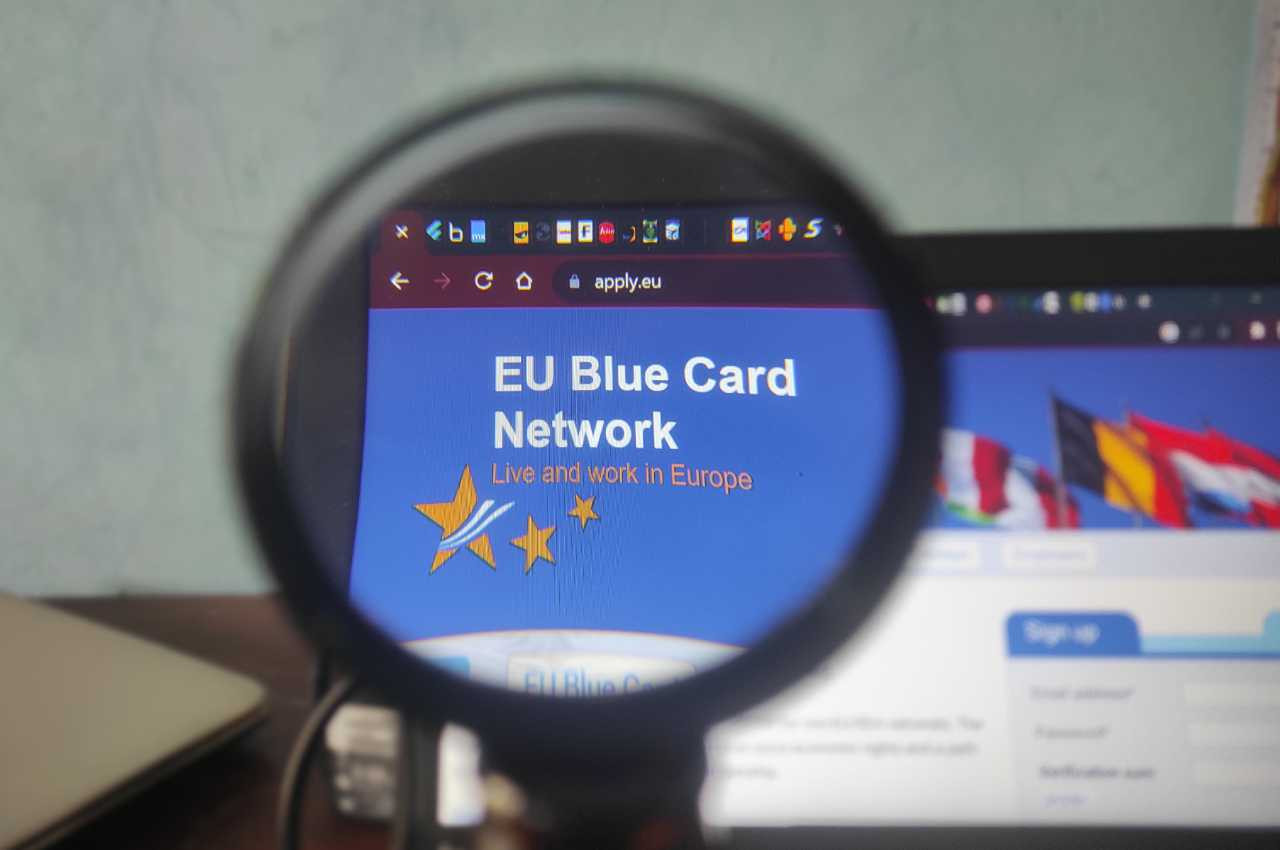In the global competition for talent, finding the rare pearl outside the European Union means doing things quickly and well. But “fast” for a headhunter, recruiter or employer is not “fast” for the ministry of home affairs or for the national employment agency Adem.
The average processing time for an “EU Blue Card”--a work and residence permit granted to third-country nationals who wish to work as a highly qualified worker--was 27 days in 2024. This compares with 29 days for a residence permit as a “salaried worker,” which does not include the time for the Adem procedures.
Adem does not give statistics, but refers to the rules it says it strictly adheres to. Once an application has been made, it has two working days to send an acknowledgement of receipt. If the job is on the annual list of occupations in short supply, it has five days to issue the certificate. Otherwise, it has up to seven days to examine the application. If there is no applicant, it will issue the certificate within a further five working days. Otherwise, if it has one or more candidates, it has up to 15 days to propose these candidates to the company, which has up to one month to respond as to why these candidates would not be suitable, at the end of which Adem still has up to ten working days to issue the certificate. In other words, it could take up to 64 working days to allow a company to recruit the candidate it initially had in mind.
According to the ministry, the “stock” of EU Blue Cards and salaried workers at the end of December was 14,467 people (3,780 + 10,687), but the figure should be treated with caution. “This figure represents neither the number of third-country nationals authorised to work in Luxembourg nor the number of third-country nationals actually working in Luxembourg. Access to the labour market without additional authorisation is possible for holders of other types of residence document such as ‘residence card for a family member of an EU citizen’ or ‘residence permit as a long-term resident,’ although the Directorate-General for Immigration has no figures on the number of holders of such documents who are in paid employment,” adds the ministry.
Read also
The stock hides figures that have remained fairly stable in recent years, representing a large third of residence permits issued to third-country nationals:
- 5,605 salaried workers in 2022, 6,821 in 2023 and 6,026 in 2024;
- 1,392 EU Blue Cards in 2022, 1,616 in 2023 and 1,583 in 2024.
After setting the for Blue Cards, the government , i.e., €58,968.
The length of time it takes to process these applications is likely to be an issue for the High Committee for the Attraction, Retention and Development of Talent. At its second meeting in early December, it looked at fast-track solutions in some countries that have made themselves more attractive to candidates for change. And wouldn’t that be a luxury for recruiters, who are also faced with another difficulty: how to accommodate these new arrivals, especially when their salary levels are no longer those of the past?
This article was originally published in .
